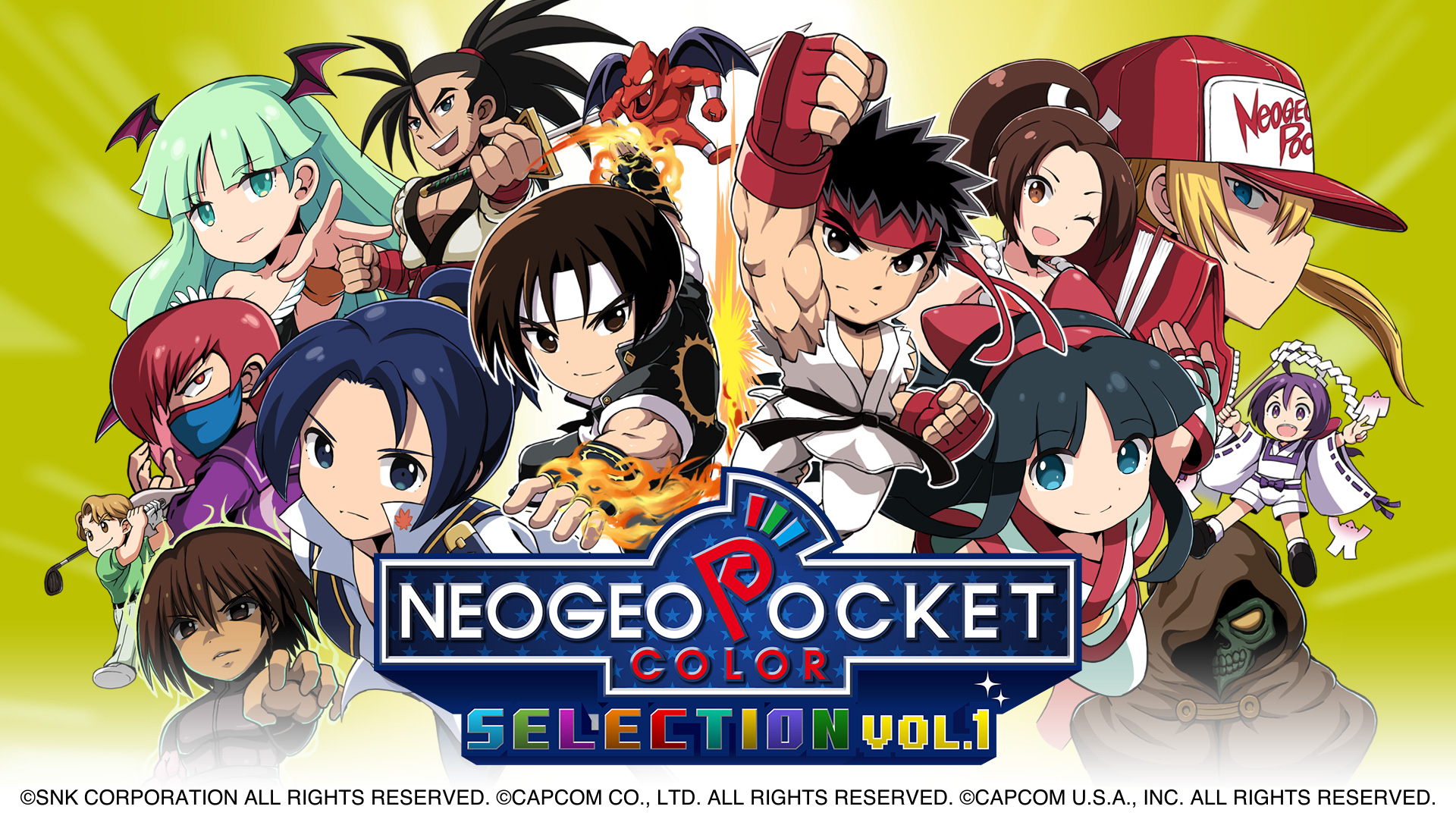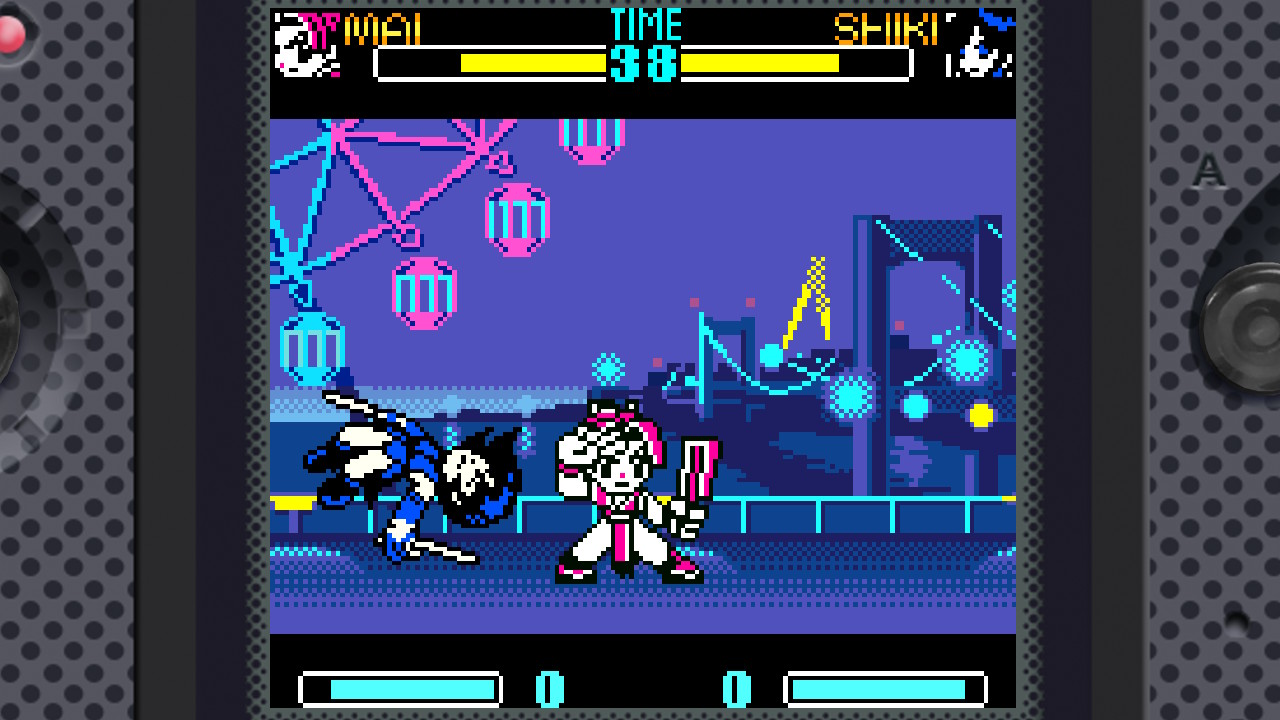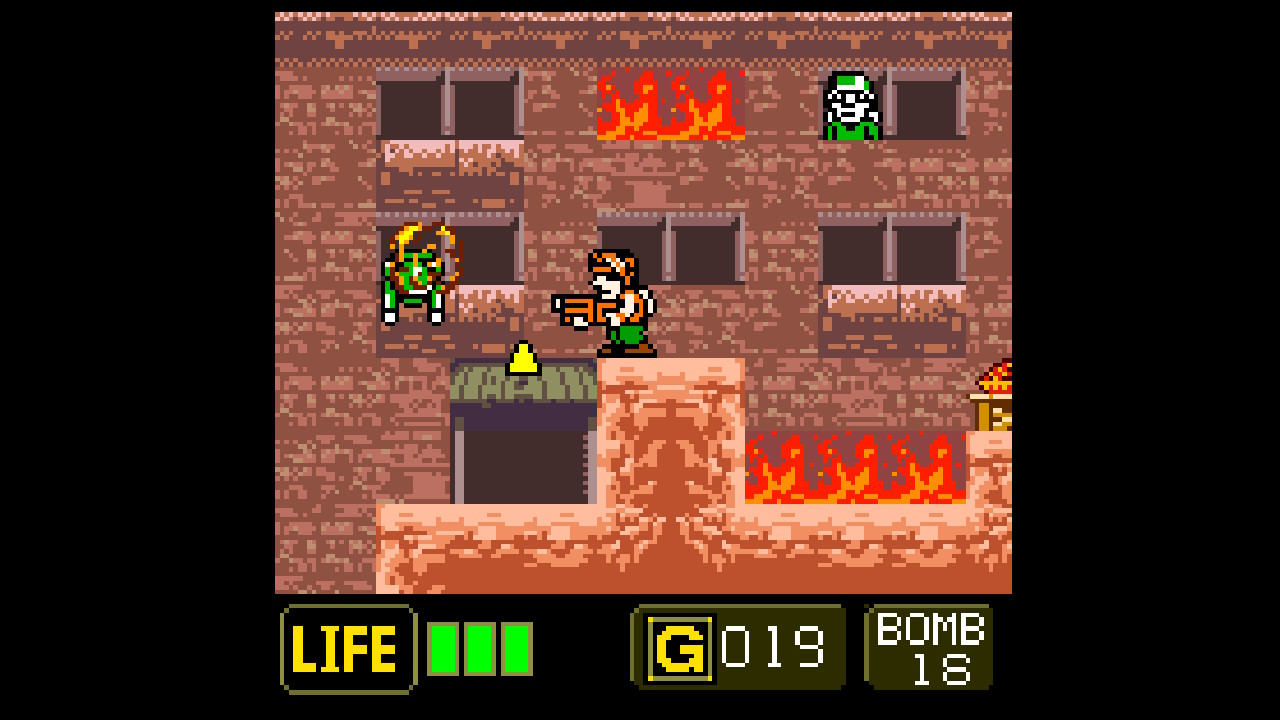The Neo Geo Pocket, a lot like the Neo Geo itself, holds a special place in many older and nostalgic gamer’s hearts. It was definitely a niche platform with distinctly unique games. The Neo Geo Pocket, initially released in 1998 and followed the next year by the Neo Geo Pocket Color, never grabbed a lot of attention in the West and had a limited library of games in its brief lifespan. Many of those games, however, were remarkably good.
The NG Pocket, like its arcade hardware-equipped big brother, was heavily centered on the one genre that the Nintendo Gameboy never really got a firm grasp on: fighting games. That focus on one-on-one brawlers is clearly evident in the first volume of the NeoGeo Pocket Color Selection. There are 10 games included in the pack, and six of them are small-screen iterations of some of SNK’s best arcade fighters.
NeoGeo Pocket Color Selection Vol.1 Review: A Pocket (Mostly) Full of Gold
The NGP was a 16-bit portable meant to compete with the Game Boy Color. Its screen resolution was 160×152, and the Color version was capable of popping 146 colors on the screen from its palette of 4,096. To put that into perspective, the GB Color had a resolution of 160×144 with a 32,000 color palette, of which it could display 56 simultaneously. However, the bigger sell of the Pocket was its terrific analog thumbstick, which was responsive, comfortable, and generally far better than a mere D-pad.
Given those specs, the emulation here essentially recreates the entire device on your Switch’s screen. There are options to zoom the screen image and change the background as you like, however, and the Switch’s built-in analog sticks prove to be an excellent match for the games.
Admittedly, the graphics are definitely niche at this point. The Pocket versions of these games recreated the original Neo Geo with a cutesy, big-head/little body graphic style consistent through all the fighters in this collection. The audio is simplistic but charming, background animation is minimal at best, and the whole affair is incredibly retro.
All the fighters in this collection have actually already been released by themselves in the Switch store. Samurai Shodown 2, Gal Fighters, Fatal Fury: First Contact, The Last Blade: Beyond the Destiny, SNK vs. Capcom: The Match of the Millenium, and King of Fighters R-2 can be bought individually for $8 a pop. So, this collection (at $40) is definitely a cheaper way to get them.
What’s most noticeable about the Pocket’s fighters is how smoothly they play. Despite the downsized controls of only two-buttons and the definite visual limits, anyone familiar with, say, the main Fatal Fury will instantly feel at home with First Contact. All the brawlers here feature smooth, intuitive, and responsive controls.
The other four games are Metal Slug First Mission and Second Mission, Big Tournament Golf, and Dark Arms: Beast Buster. The Metal Slug games are great side-scrolling shooters. These games still manage to hold up well for any fan of the series and are a ton of fun. The other two games are a bit odd though. Big Tournament Golf is shallow fun, but sports games seldom age well, and that’s the case here.
Dark Arms is a sort of action-RPG with a lot of interesting elements, especially in the way you constantly evolve weapons, but the gameplay feels awkward and outdated. Monsters respawn constantly, combat mechanics are simplistic, and the visuals are noticeably weaker than the other games. It’s a somewhat entertaining curiosity, but it would have been nice to see some of the more interesting offbeat games like Biomotor Unitron, Puzzle Link, and Dive Alert (among others).
The NG Pocket also has some noteworthy Sega and Capcom games, like Sonic the Hedgehog Pocket Adventure, Puyo Pop, and SNK vs. Capcom: Card Fighter’s Clash that would be nice to revisit in a future collection.
NeoGeo Pocket Color Selection Vol.1 Review — The Bottom Line
Pros
- A lovely emulation of one of the most underappreciated and obscure portable systems of the late 90s
- The fighting games still have great controls and gameplay
- Two Metal Slug games, both of which are excellent
Cons
- Very retro graphics and sound that look especially old on a TV screen
- All the fighters have been previously released as standalones on the Switch Store
- Dark Arms and Big Tournament Golf are frankly odd choices to include over other NGP games
A very retro collection of games from an obscure portable system of the past is probably a hard sell for most gamers. For those with an affection for the Neo Geo Pocket, this is a fine bit of nostalgia. The fighting and Metal Slug games included are still remarkably fun and show off the precise controls of the system.
Beyond nostalgic charm, though, the original Neo Geo arcade versions are also available in the Switch store and probably a lot more appealing.
[Note: SNK provided the copy of the NeoGeo Pocket Color Selection Vol. 1 used for this review.]












Published: Mar 24, 2021 7:31 PM UTC